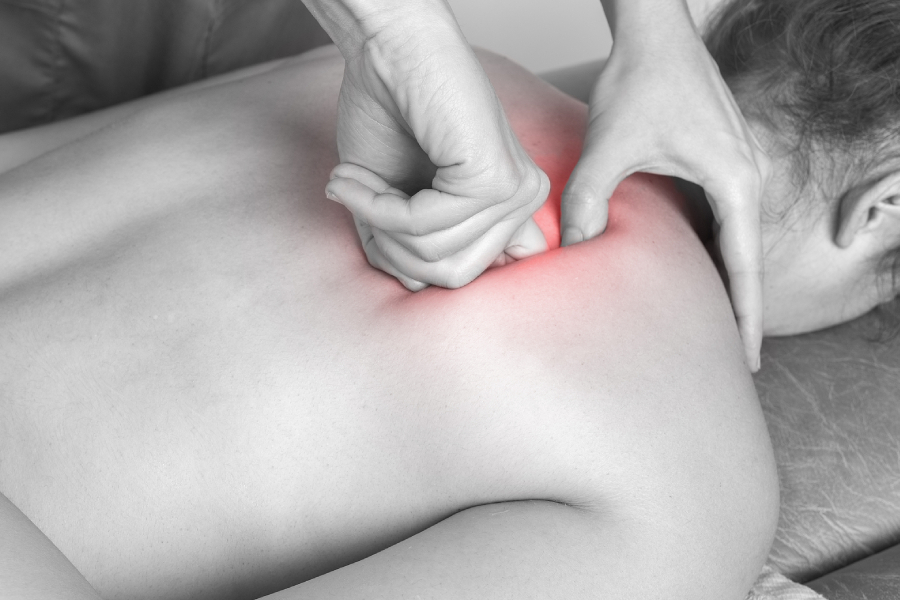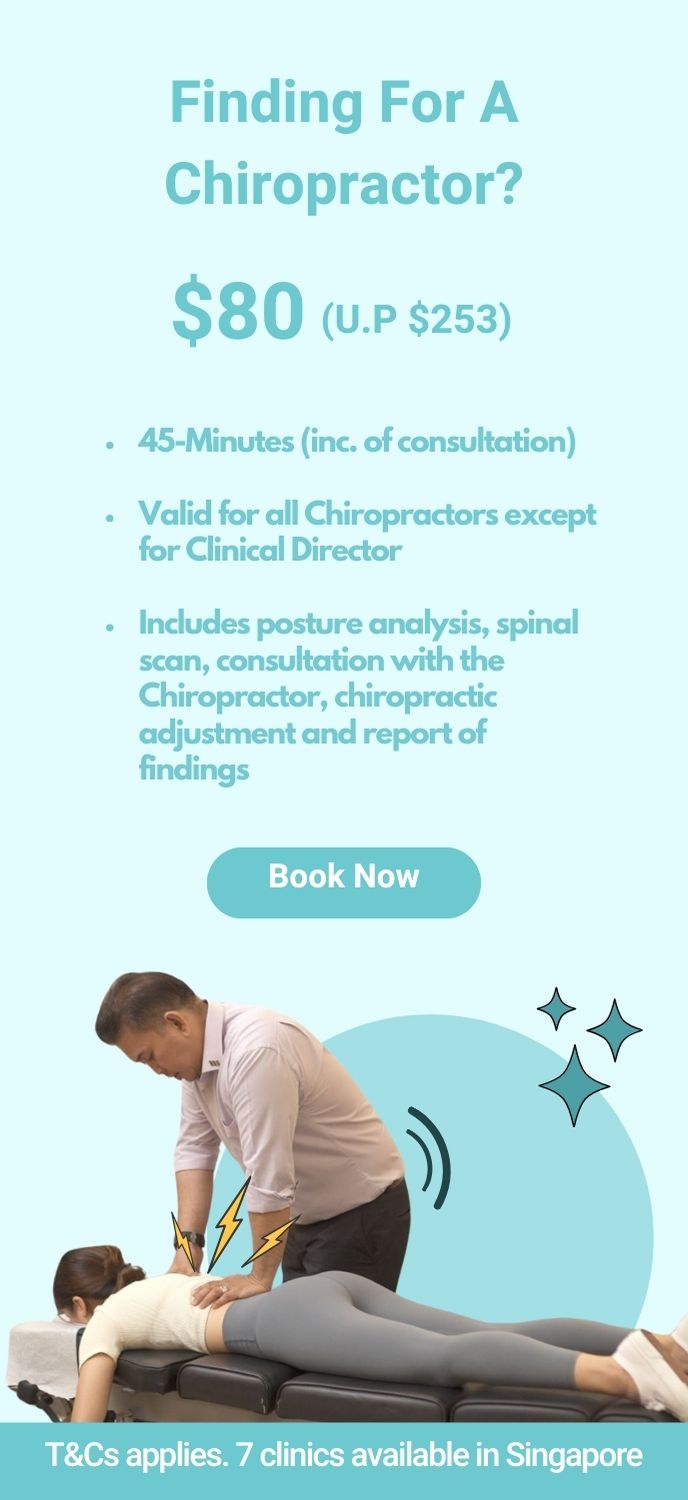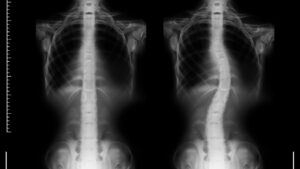Our shoulders are often faced with the issue of repetitive stress and poor ergonomics, and this is often a common issue that we see in our patients. While some patients take part in activities that lead to shoulder pains and aches, most exhibit wear and tear within the rotator cuff.
In fact, among injuries involving the rotator cuff, a significant number of them involve the subscapularis muscle, which is the largest muscle in the rotator cuff.
What causes subscapularis tears?
In young individuals, physical traumas are usually the most common cause of a subscapularis tear. It usually occurs due to overextension of the arm. In older patients, age-related degeneration is usually the most common cause of subscapularis tears.
Shoulder impingement can also lead to subscapularis tears. In such cases, your rotator cuff tendons are trapped and compressed during shoulder movements, putting pressure on your subscapularis and causing them to tear.
What are some signs of subscapularis tears?
The most obvious sign of subscapularis tears is shoulder pain, especially at the front of the shoulder. You might also feel or hear “clicking” in your shoulder when you try to rotate your arm.
Other signs of subscapularis tears are similar to other rotator cuff tears, such as pain that worsens when you attempt to lift your arm, weakness in the arm or shoulder, or pain that worsens at night.
Some signs of subscapularis tears that are unique only to the injury include a naturally outward rotation of the affected arm, pain in the space below the collarbone, difficulty reaching behind the back, and bicep weakness.
In more severe situations, subscapularis tears can trigger points in the muscle groups that can lead to pain around the wrist, lower arm, back of the armpit, and back of the shoulders. All these warrant the need for frozen shoulder treatment.
How to diagnose subscapularis tears?
The subscapularis is often an overlooked cause of shoulder pain. Usually, in a typical chiropractic visit, your chiropractor will get a full history of your pain, such as finding out the cause of your pain, symptoms, and difficulties in carrying out specific activities.
There are tests that they will also conduct to diagnose subscapularis tears, such as:
- Belly press test: You will place your hands on your stomach and exert downward pressure using all of your hands (not your elbows or wrists). If it hurts, you might have a subscapularis tear.
- Bear hug test: You will place your hands on your affected arm over onto the opposite shoulder. Your chiropractor will then pull your hands away from your shoulders, rotating your forearm outwards. If you have difficulty holding your hands on your shoulders, you might have a subscapularis tear.
- Lift-off test: Your chiropractor will request that you place your hands at your lower back and attempt to raise it upwards. If you are not able to, you might have a subscapularis tear.
How can chiropractic help with subscapularis tears?
If you are feeling defeated by the limitations that stiffness and pain place on your everyday life, the fortunate news is that chiropractic care offers relief without the need for surgery or medication.
Your chiropractor will develop a customised plan for your recovery since every subscapularis tear is different. They will consider the best treatment plan for you, working hard to relieve your pain and inflammation. Depending on what you may need, your chiropractor may also employ the use of e-stim therapy, which involves releasing painless electric waves towards your affected subscapularis muscle to help it relax.
Spinal manipulation also helps to restore any imbalanced spinal alignment in your body. Your chiropractor might also recommend certain stretching exercises to help with the rehabilitation process. They include:
- Subscapularis stretch (Doorway): Raise your affected arm as high as possible, holding on to your doorframe. Then, lean your entire body into the doorway as much as possible or until you feel a slight stretch in your shoulder. Hold that stretch for at least seven seconds, then relax. Repeat this cycle for at least three more times and do this exercise for at least twice a day.
- Subscapularis stretch (Broomstick): Position your affected arm in such a way as though you are balancing a tray behind your ears. Using the other arm, hold the end of a broomstick or any long stick, sliding the other end under your affected arm. With a little pressure, push the stick down with your unaffected arm such that the other end under your affected arm is pushed upwards, stretching your affected shoulder. Hold that stretch for at least seven seconds, then relax. Repeat this cycle for at least three more times and do this exercise for at least twice a day.
Conclusion
A subscapularis tear can be managed and recovered without the need for surgery. Chiropractic care, besides helping to rehabilitate your shoulder muscles to optimum capabilities, also helps reduce the build-up of scar tissues, which leads to chronic stiffness and pain. Additionally, timely and regular chiropractic care will also lower your risk of developing arthritis in the shoulders.
Healing Hands Chiropractic offers some of the most holistic chiropractic treatments. On top of that, we also offer a corporate wellness program for businesses that are looking to improve their overall corporate working environment. Do not wait to treat your pains and aches. Contact us today to get timely treatment!



